War might bring out the most innovative ideas in defense departments and manufacturing, but it’s fair to say that for every stroke of genius there are at least two dumb ideas that barely make it off the drawing board. And no one was better at dumb ideas than the Nazi Party during World War II.
Adolf Hitler’s fantastical notions of what the Third Reich could accomplish compelled his scientists and inventors to come up with some major duds in the war arsenal department.
The Great Gustav
One idea that went from theoretical to actual was the “Great Gustav,” an enormous cannon that inventors said would fire ammunition 29 miles (almost 47 miles). Given that just one shell was the size of a small tank, the assertion that it could travel such a distance was highly improbable.
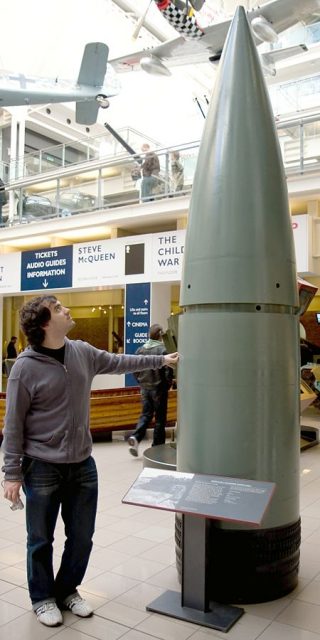
The “Great Gustav” weighed about 1,350 tons and had to be moved along specially-built railway tracks. It was barely used during the war, proving to be more of a hindrance than a benefit.
The Landkreuzer P-1500 Monster
The cannon was so large that Nazi researchers had to invent a special “Monster” to move it, called the Landkreuzer P-1500. But like the cannon itself, the machine designed to move it proved a dud.
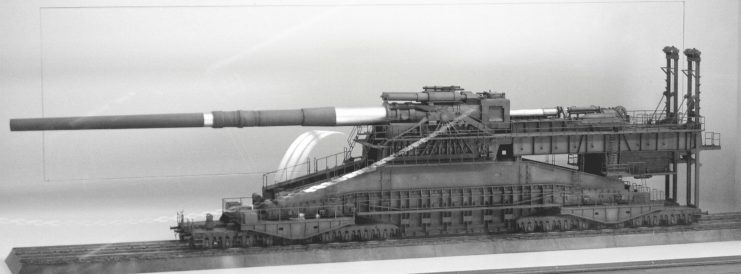
The Landkreuzer P-1500 chewed up bridges and roads. It moved at such laboriously slow speeds that it became, in essence, a target for the Allies. The few P-1500s that were built were a poor realization of a bad idea, so production was soon halted.
The Whirlwind Canon
The Germans seemed a little fixated on cannons because next came the “Whirlwind Cannon.” Unbelievably, this weapon was intended to shoot down planes. Cannons have, traditionally, been meant to blast across terrain, not into the sky. Predictably, the “Whirlwind” proved useless.
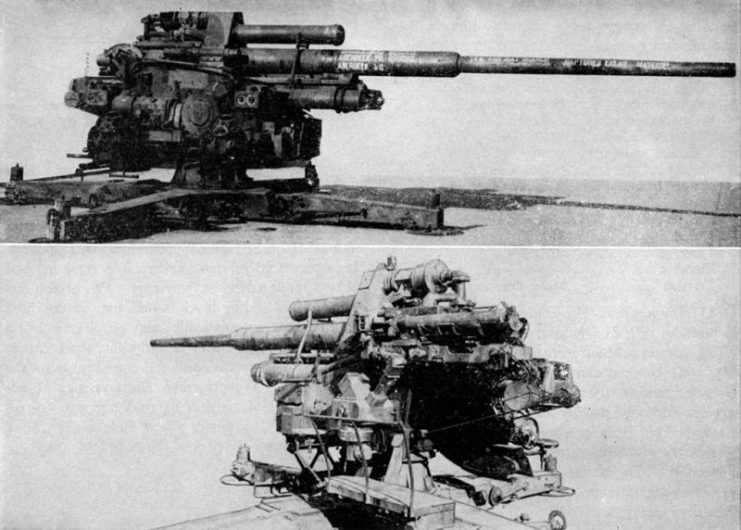
The cannon was designed by enthusiastic but oddball inventor Mario Zippermayr. It was built and tested at the Hillersleben Artillery testing facility, where it failed miserably. It simply could not reach the height at which Allied aircraft flew, so the prototype and design were scrapped.
The Goliath Track Mine
Another miserable German failure was the ineptly named “Goliath Track Mine.” The name implies a massive piece of equipment, but the opposite is true: the mine was a small scale weapon meant to run along tracks and keep German soldiers out of danger.
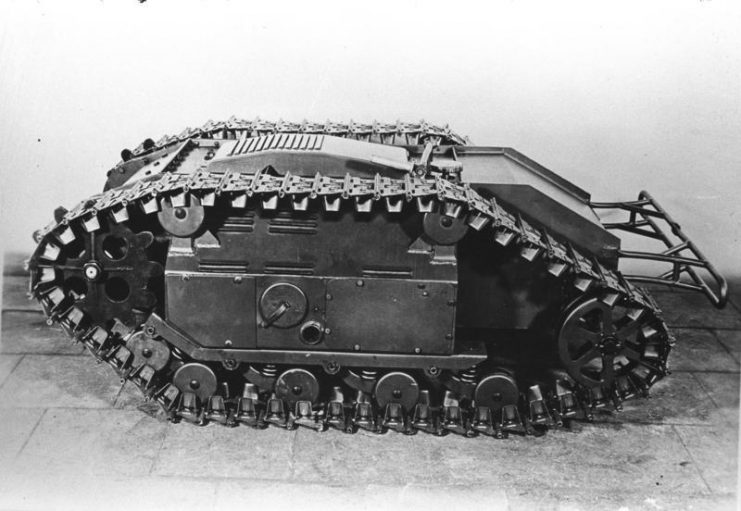
In theory, this “mini mine” was controlled by a joystick attached by a long cord. A German soldier would send it into enemy terrain and stay at a safe distance while triggering the explosion.
However, it had two obvious problems: 1) it easily fell prey to anti-tank weapons, and 2) all an Allied soldier had to do was cut its cord to prevent it from detonating. The only standout feature of the Goliath mini mine was its consistent uselessness. Like many other Nazi inventions, it was quickly mothballed.
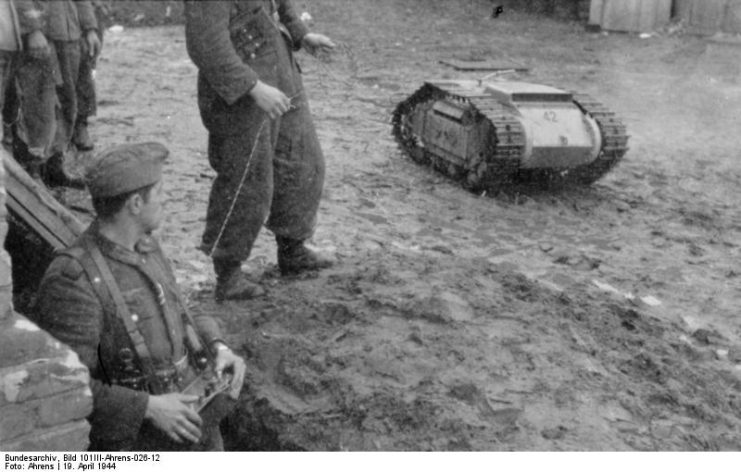
The Sun Gun
The “Sun Gun” might be the wackiest – and worst – invention of all the bad inventions Nazi scientists designed during the war.
It was like a toy straight out of science fiction, meant to launch a space station that would mirror the sun’s rays back to earth to destroy enemy cities. In a single stroke, it would annihilate whole regions by setting them ablaze.
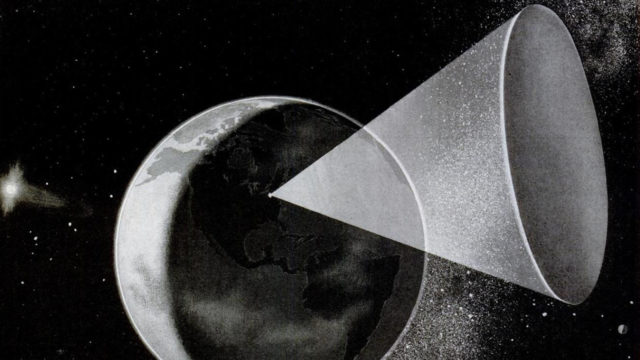
The Sun Gun was designed by German rocket scientist, Hermann Oberth, in the early 1920s, and the Nazis soon co-opted it for their own nefarious reasons.
Initially, Oberth saw his invention as a fairly innocuous device. In 1945, he told Life Magazine, “My space mirror is like the hand mirrors that schoolboys use to flash circles of sunlight on their classroom ceilings. A sudden beam on the teacher’s face may bring unpleasant reactions.”
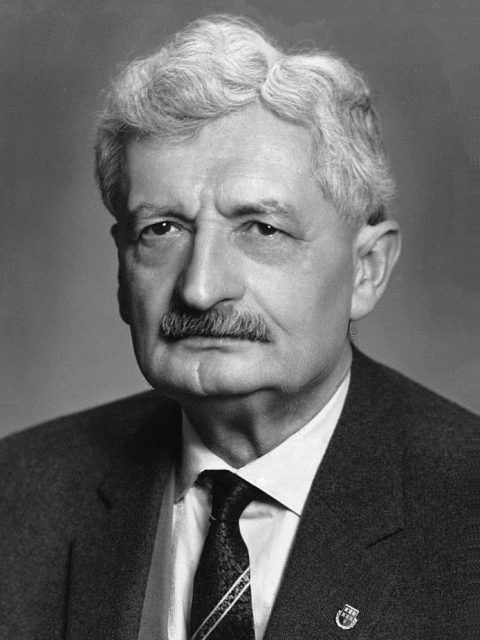
Unpleasant is a gross understatement for what the Sun Gun would have induced had it ever become a reality.
Read another story from us: How Radar was the Game Changer of WWII and It’s Only Gets Better
An old saying dictates that “necessity is the mother of invention.” But in the case of the Nazis, it wasn’t necessity driving them but madness and hubris. Which raises the other old proverb that “pride goeth before a fall.” The defeat of the Nazis proved, yet again, just how true these adages can be.
